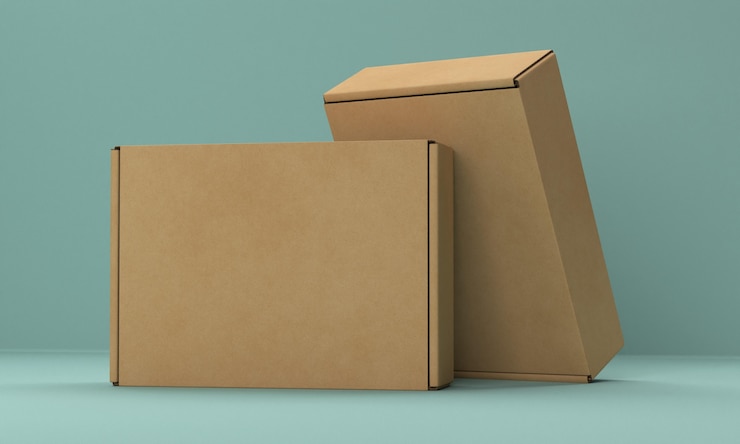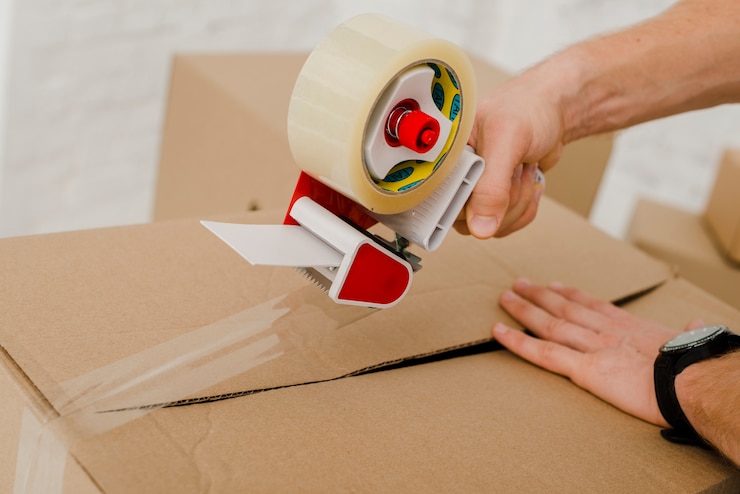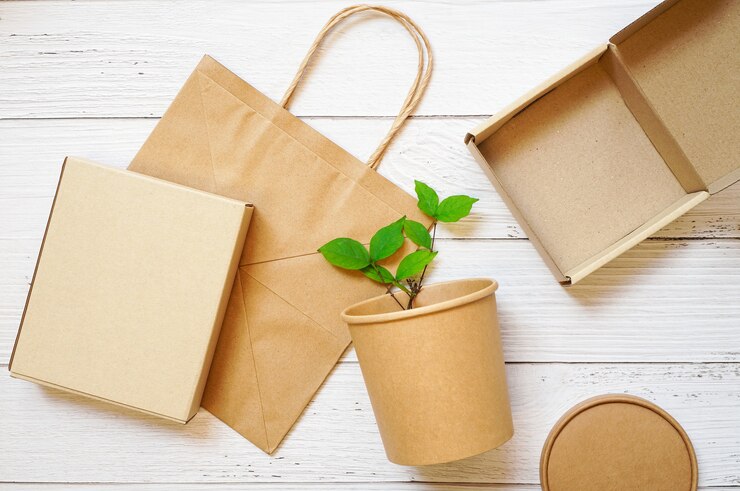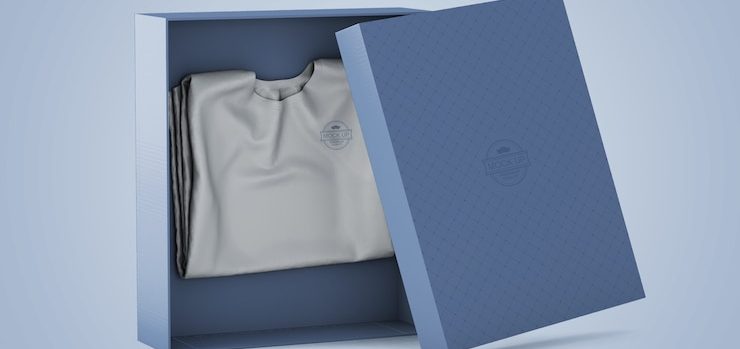How Fashion Brands Are Taking The Leap Towards Sustainable Packaging
Clothes packaging yields tons of consumer waste daily. For many years, fashion stores have been packing clothes using plastic bags, which is unsustainable. Moreover, they’ve been overdoing it, increasing pollution manifold.
The fashion industry has also been scrutinized for contributing to plastic pollution through its packaging strategies. However, there have been some changes, with most fashion brands ditching their old ways for new sustainable packaging.
The main idea behind Eco Friendly packaging is to use materials that can be reused, recycled, or renewed. This article discusses eight sustainable packaging ideas adopted by fashion brands:
1. Cardboard Boxes

Cardboard boxes are lightweight and versatile since manufacturers can mold them into various shapes, designs, and sizes. Besides, they have a typically long shelf life provided they don’t contact water, making them reusable.
After unpacking your clothes, you can use the boxes to hold gifts. They only qualify for trash if they’re damaged or have gone out of shape.
Corrugated cardboard is particularly eco-friendly, making it one of the best materials for packaging outfits and other fashion accessories. Designer brands like Zara and Monday’s Child are already using cardboard boxes.
2. Tape
Though a seemingly minor consideration, the tape used to wrap packages may significantly add up to plastic pollution. Remember, many types of tapes aren’t recyclable. However, clothes companies must bind packages to ensure nothing gets lost while in transit.
So, luxury fashion brands are now using tapes made from kraft paper and other biodegradable materials like cellulose. The sticky side is also made of natural latex glue adhesive, which needs moistening to become sticky.
Gummed paper is considerably strong, meaning you don’t have to use it as much as you would with plastic tape. Moreover, the stickiness holds even in the face of extreme heat, cold, or humidity.
3. Mailer Envelopes
Most apparel brands that ship outfits to customers are now using mailer envelopes for packaging. Firstly, they’re minimalist, which helps save on space and production costs.
Mailer envelopes minimize your printing needs because the exposed surface area of the package is tiny. You can have your brand logo and company name, and that’s it. They’re also eco-friendly because the material is biodegradable.
Fashion brands particularly like compostable mailer bags. They take only up to six months to disintegrate in a compost pit, unlike plastic bags which take hundreds of years.
Furthermore, they’re reusable and recyclable, meaning you can repurpose them for other packaging tasks. They’re made from Polybutylene Adipate Terephthalate (PBAT), a plant-based ingredient that facilitates recycling.
4. Tissue Paper
Instead of using plastic paper wrap in your packaging, fashion stores are now using custom tissue paper. It enhances the appearance of the inside wrap. Tissue paper wrap also gives the clothing item an additional layer of protection that cushions your apparel in case the shipment falls or something knocks against it while being transported.
Tissue paper is considerably compostable, thus an eco-friendly material. The tissue paper should preferably be acid-free. In the event of spillage, the clothing in transit won’t get scorched.
5. Custom Label Rolls

It’s commonplace for fashion brands to include labels and stickers from StickerYou in the packages as a marketing strategy. These can also be eco-friendly. Remember, every bit counts in protecting the environment. It wouldn’t be logical to use non-biodegradable labels after ensuring the main packaging material is eco-friendly.
As such, the labels and stickers should also be made from environmentally friendly material. They shouldn’t have a coating layer, which makes them hard to decompose.
Likewise, the ink used should be eco-friendly. Excellent options include water-based, soy or vegetable, ultraviolet, and algae inks. These varieties contain lesser amounts of volatile organic compounds, safeguarding the respiratory health of the users.
The good thing is that the prints still look great. Moreover, these ink types are easier to recycle than conventional oil-based inks. Some are resistant to UV light, ensuring they don’t fade even when exposed to the sun for prolonged periods.
6. Portable Garment Bags
Another sustainable packaging option widely adopted by fashion brands is portable garment bags. They’re a worthy replacement for plastic. They’re typically made using top-notch technology that leverages the positive characteristics of single-use plastic, that is transparency, durability, and strength while ensuring they don’t hurt the ecosystem.
Some garment bags are made from a hydrophilic material that can be dissolved by using hot water over 70 degrees Celsius. It’s the best option when you don’t want to re-use the bag or if it’s worn out.
Alternatively, garment bags made from cassava root will break down within a few months once you bury them, leaving nothing harmful at the end of their life cycle. Home compostable solutions are currently used because of the challenges faced when recycling items in industrial plants.
7. Mushroom Packaging
Polystyrene extracted from the mushroom plant is an excellent green packaging option. Cotton husks are incorporated during the manufacture to make the pouch sturdy and durable.
The resulting product is 100% biodegradable, non-toxic, and suitable for shipping apparel. It has the potential to replace unsustainable plastic packaging products like Styrofoam.
Packaging mushrooms are cultivated using mycelium, an underground fungus resembling a mushroom’s root. Mycelium can be grown in a lab using hemp hurds, which would normally go into landfills. The mold grows to maturity within a week and is ready for processing into mushroom bags. Such a quick life cycle further enhances its sustainability.
8. Plantable Packaging

This kind of packaging comes with a seed embedded in it. It’s commonly used for cosmetics in the fashion industry. After someone purchases the product, all they need to do is plop the packaging in the garden and watch as the seed blooms into a plant after a short while.
Conclusion
The packaging strategy a company uses says a lot about the business. As pressure mounts on fashion brands to embrace sustainability, most of them have resorted to using recyclable and reusable packaging material, saving the environment by reducing their carbon footprint and pollution.
Similarly, most customers base their purchasing decisions on whether a company puts effort into caring for the environment. By using sustainable packaging, fashion brands gain a positive reputation among consumers and gain a competitive advantage over businesses engaging in unsustainable practices.
Read Also:








